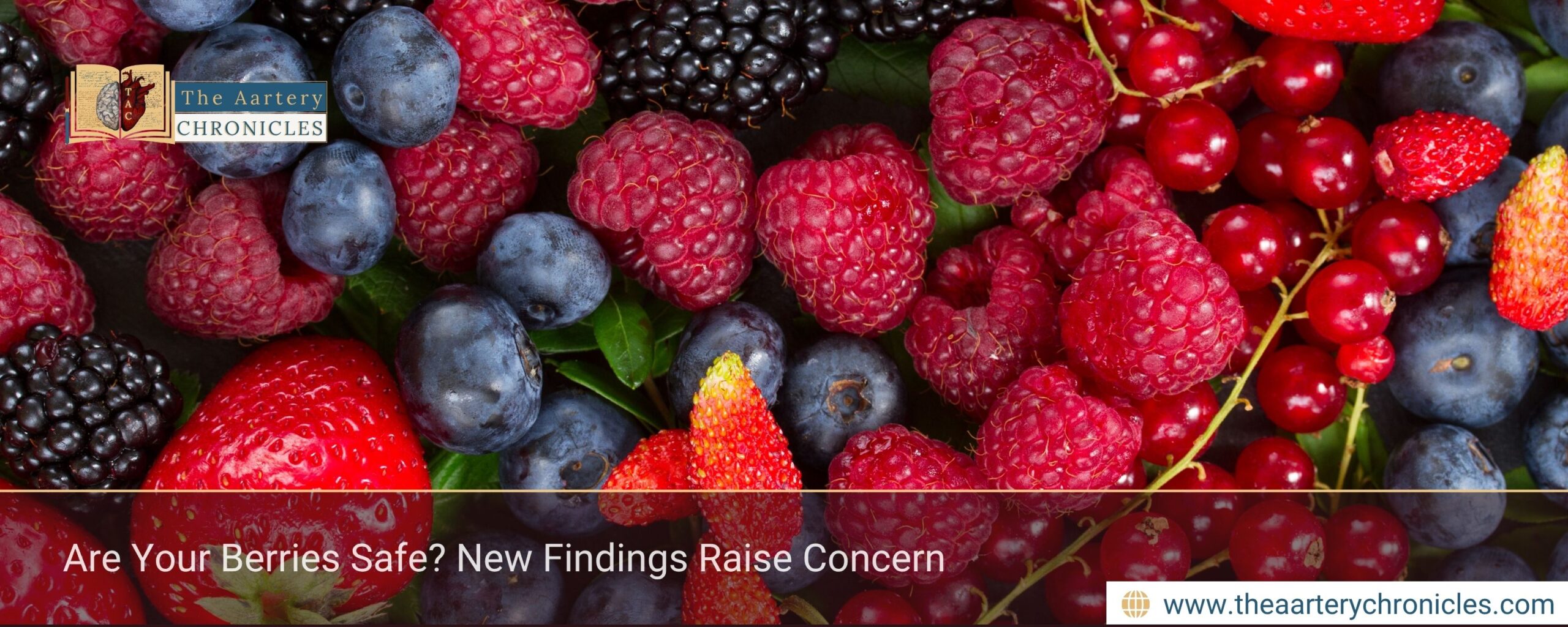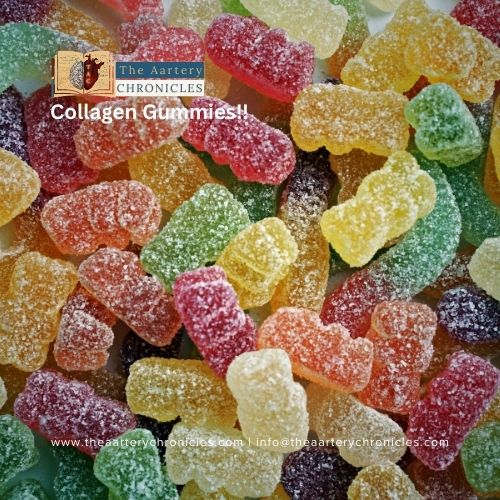

Are Your Berries Safe? New Findings Raise Concern
Many people see berries as a “healthy anytime snack”, nutritious, colourful, and full of antioxidants. However, your berries may not be as safe as you think, according to Australia’s latest regulatory review. The Australian Pesticides and Veterinary Medicines Authority (APVMA) has temporarily restricted the use of dimethoate, a long-used insecticide, on blueberries, raspberries, and blackberries. This change didn’t come from new toxicology findings, but from the way Australians’ eating habits have shifted.
What is Dimethoate?
Dimethoate is an insecticide that has been used since the 1950s. It works by blocking acetylcholinesterase, an enzyme that insects and humans need for nerve function.
Because humans use the same enzyme, the chemical must be carefully regulated to prevent harmful exposure.
To protect consumers:
- The APVMA sets an acute reference dose (ARfD) of 0.02 mg per kilogram of body weight.
- This level already includes a tenfold safety margin, meaning the permitted amount is ten times lower than the lowest dose shown to cause no harm.
- Australia’s standard is also more stringent than that of the U.S. Environmental Protection Agency.
Why Are Regulators Worried Now?
New APVMA data shows berry intake has surged by 285% to 962% since the last review of dimethoate. Because people, especially young children, are eating more berries, their potential exposure to pesticide residues has increased. Under the previous rules, berries could be harvested just one day after spraying. According to the APVMA, this meant children aged 2–6 could potentially exceed the safe acute reference dose, even though currently detected residue levels have not been shown to cause immediate harm.
In short, the safety margin that once kept exposure comfortably below risk has become much narrower.
As APVMA CEO Scott Hansen noted, rising consumption has “significantly eaten into the safety buffer between exposure and risk.”
What Has the APVMA Changed?
To restore the safety margin, the APVMA has:
- Paused the old use conditions for dimethoate on blueberries, raspberries, and blackberries.
- Required a 14-day waiting period between spraying and harvesting, instead of just one day.
- Kept dimethoate legal for other crops and uses.
- Allowed the current permit to remain active until November 2026, giving manufacturers time to update product labels.
These steps aim to reduce residue levels on berries before they reach consumers.
What Does This Mean for Berry Lovers?
The APVMA stresses that berries on the market remain safe to eat. Yet, this development serves as a reminder that your berries may not be as safe as you think if consumption patterns change faster than regulations.
If berries are a daily part of your diet, especially for young children, it is wise to take simple precautions.
Practical Tips to Reduce Pesticide Exposure
Even when pesticide levels are within legal limits, everyday choices can further reduce exposure:
- Wash berries thoroughly under cool running water to remove surface residue, dirt, and microbes.
- Avoid relying on quick rinses; gentle rubbing under water is more effective.
- Remember that washing cannot remove all residues, but still significantly lowers them.
Conclusion
The updated restrictions are not meant to alarm consumers but to ensure ongoing safety as food habits evolve. With rising consumption of berries nationwide, regulators acted to restore the protective buffer built into pesticide standards.
By staying informed because your berries may not be as safe as you think under outdated rules and by following simple washing practices, you can continue enjoying berries as part of a healthy diet.
Source: Inputs from various media Sources
I’m a pharmacist with a strong background in health sciences. I hold a BSc from Delhi University and a pharmacy degree from PDM University. I write articles and daily health news while interviewing doctors to bring you the latest insights. In my free time, you’ll find me at the gym or lost in a sci-fi novel.
- Priya Bairagi
- Health News and Updates,People Forum
- 17 November 2025
- 20:00








